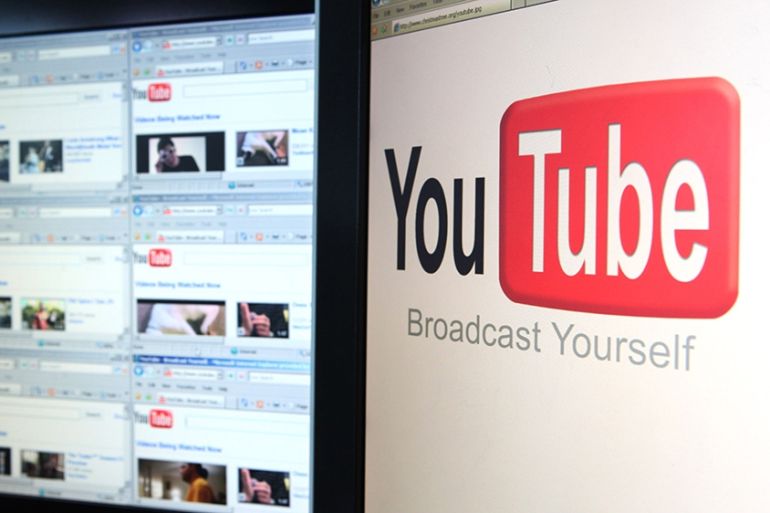Watching children: YouTube videos with minors get more clicks
Child advocates want YouTube to help prevent predators from getting to clips that may allow them to sexualise minors.

YouTube videos featuring young children drew nearly triple the average viewership of other content, according to research released on Thursday, providing ammunition for child advocates who want Alphabet Inc. to take more aggressive steps to make its streaming service safer for kids.
The Pew Research Center said its findings show videos aimed at or featuring children are among YouTube’s most popular materials, attracting an outsized audience relative to the number of videos uploaded.
Keep reading
list of 4 itemsHong Kong’s first monkey virus case – what do we know about the B virus?
Why will low birthrate in Europe trigger ‘Staggering social change’?
The Max Planck Society must end its unconditional support for Israel
Lawmakers and parent groups have criticised YouTube in recent years, saying it has done less than it should to protect minors’ privacy.
Last year, the Center for Digital Democracy and the Campaign for a Commercial-Free Childhood filed a complaint with the United States Federal Trade Commission, saying YouTube’s parent company violated the Children’s Online Privacy Protection Act.
The groups complained that the company has “made a vast amount of money by using children’s personal information” and “profited from advertising revenues from ads on its YouTube channels that are watched by children”.
YouTube, which announced in May that it had two billion monthly users, shares limited data about its service. But music, gaming, and kids’ content generally have been known to rank high in viewership.
Other groups have called on YouTube to take more steps to block access to age-inappropriate content and prevent predators from getting to clips that could allow them to sexualize minors. Complaints also prompted YouTube to introduce punishments for parents uploading videos in which kids are placed in dangerous situations.
The video unit has become a major driver of revenue growth at Alphabet Inc, and it has said that it is weighing additional changes to how it handles content related to kids.
Alphabet – also the parent company of internet search giant Google – reported its second-quarter earnings on Thursday, posting revenue of $38.94bn and beating analysts’ estimates. Alphabet’s stock was up seven percent after the market closed, but the company could be facing a threat to its business as the US Department of Justice begins an antitrust review of big technology firms.
Pew researchers said in their report that during the first week of 2019, they used automated tools and human review to analyse activity on nearly 44,000 YouTube channels with more than 250,000 subscribers.
Just two percent of the 243,000 videos those channels uploaded that week featured at least one individual who appeared to human reviewers to be under 13 years old. But this small subset received an average of 298,000 views, compared with 97,000 for videos without children, according to the report.
Channels that uploaded at least one video featuring a child averaged 1.8 million subscribers, compared with 1.2 million for those that did not, Pew researchers said.
YouTube said it could not comment on Pew’s survey methods or results. It maintained that its most popular categories are comedy, music, sports and “how-to” videos.
“We have always been clear YouTube has never been for people under 13,” the company added.
Popular videos with children included those with parenting tips or children singing or dressing up.
YouTube’s policies ban children under 13 from using its main service and instead direct them to its curated YouTube Kids app. But many parents use the main YouTube service to entertain or educate children, other research has found.